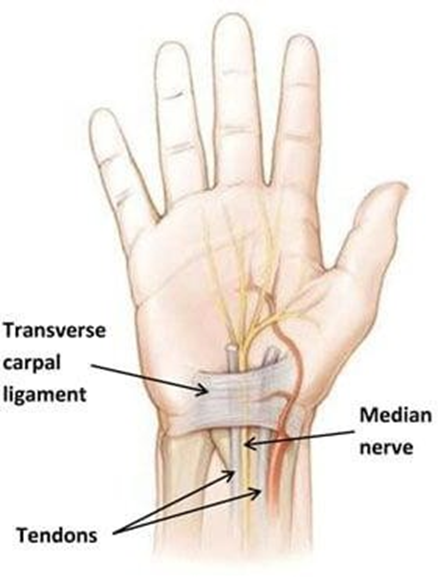During a community screening event for bone density, an elderly client asked the nurse why she is an inch shorter in height. Which of the following responses by the nurse is correct?
"With aging, a large amount of subcutaneous fat is lost, which gives the appearance of decreased height."
"With aging, the spine is not as flexible, which doesn't permit the individual to stand as tall."
"With aging, the cartilage between the bones in the spine gets worn down, which causes decreased height."
"With aging, thickening of the intervertebral disks occurs, which causes pressure breakdown of the spinal vertebrae."
The Correct Answer is C
A. Loss of subcutaneous fat might contribute to changes in appearance but is not primarily responsible for the decrease in height with aging.
B. Reduced spinal flexibility may contribute to posture changes but doesn’t sufficiently explain the decrease in height.
C. With aging, the intervertebral discs and cartilage between spinal bones wear down, leading to a decrease in height due to changes in the spine's structure.
D. Thickening of intervertebral discs is not a typical occurrence with aging and does not explain the decrease in height.
Nursing Test Bank
Naxlex Comprehensive Predictor Exams
Related Questions
Correct Answer is C
Explanation
A. Plantarflexion and dorsiflexion refer to movements of the foot and are unrelated to the Phalen test.
B. Hyperextension of the wrists with the palmar surfaces touching is not the correct maneuver for the Phalen test.
C. The Phalen test involves holding both hands back to back while flexing the wrists at a 90- degree angle for about 60 seconds, which may induce symptoms of carpal tunnel syndrome in those affected.
D. Hyperextending the wrists with the palms together doesn’t simulate the stress on the median nerve in the same way as the Phalen test.

Correct Answer is C
Explanation
A. The sigmoid is a part of the large intestine located in the left lower quadrant, so tenderness in the right lower quadrant is unlikely to be related to the sigmoid.
B. The liver is situated higher in the abdomen, typically more towards the right upper quadrant, and its tenderness wouldn't manifest in the right lower quadrant.
C. Tenderness in the right lower quadrant is a classic sign of appendicitis, suggesting inflammation of the appendix.
D. The gallbladder is positioned closer to the liver, in the right upper quadrant, and wouldn't typically cause tenderness in the right lower quadrant.
Whether you are a student looking to ace your exams or a practicing nurse seeking to enhance your expertise , our nursing education contents will empower you with the confidence and competence to make a difference in the lives of patients and become a respected leader in the healthcare field.
Visit Naxlex, invest in your future and unlock endless possibilities with our unparalleled nursing education contents today
Report Wrong Answer on the Current Question
Do you disagree with the answer? If yes, what is your expected answer? Explain.
Kindly be descriptive with the issue you are facing.
